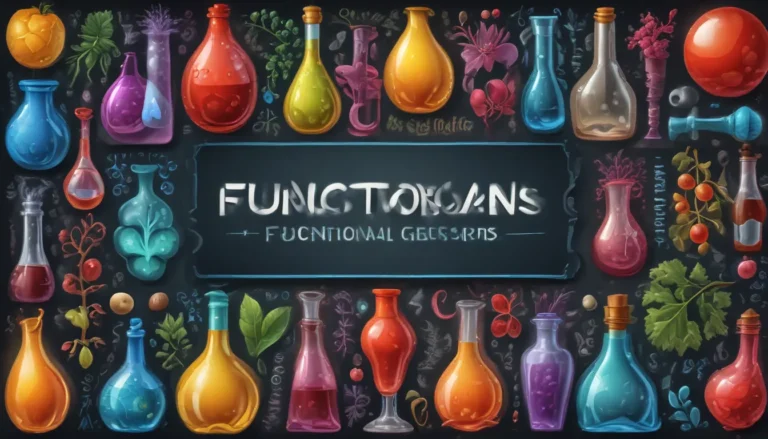A Note About Images: The images used in our articles are for illustration purposes only and may not exactly match the content. They are meant to engage readers, but the text should be relied upon for accurate information.
Chemistry is a mesmerizing realm of science that intricately explores the behavior and properties of matter. Redox reactions, which involve the exchange of electrons between chemical species, are a vital component within this vast subject. At the core of redox reactions lies the concept of half-reactions, which serve to dissect the overall redox process into smaller, more digestible steps. By shedding light on the individual electron transfers and oxidation-reduction behavior of each species involved, half-reactions offer invaluable insights into the world of chemistry. In this article, we will embark on a journey to unravel the mysteries behind half-reactions and uncover 13 enigmatic facts that will deepen your understanding of this fundamental concept. Join us as we delve into the captivating world of half-reactions and explore their significance in the realm of chemistry.
Delving Into Half-Reactions: A Fundamental Concept in Chemistry
Half-reactions, also known as half-equations, represent the essential processes of oxidation and reduction that occur simultaneously in a chemical reaction. By breaking down a redox reaction into its constituent oxidation and reduction reactions, half-reactions allow us to analyze and comprehend the individual electron transfer processes involved. This dissection of a complex reaction into simpler steps is pivotal in understanding the underlying mechanisms of electron movement in chemical reactions.
Unveiling the Intricacies of Half-Reactions
- Electron Transfer: During oxidation, electrons are lost, while reduction involves the gain of electrons. Half-reactions accurately depict these electron transfers, facilitating the balancing of equations and the calculation of reaction stoichiometry.
- Redox Equation Balancing: Balancing the separate oxidation and reduction half-reactions is essential for accurately balancing the overall redox equation in compliance with the law of conservation of mass and charge.
- Standard Electrode Potentials: The measurement of the potential difference between two half-cells allows for the determination of the standard electrode potential of a half-reaction, aiding in predicting the feasibility and spontaneity of redox reactions.
Unraveling the Applications of Half-Reactions
- Electrolytic Cell Processes: In an electrolytic cell, oxidation and reduction half-reactions occur independently at the anode and cathode, respectively. This process finds utility in various electrochemical applications such as metal plating and electrolysis.
- Species Analysis: Half-reactions are instrumental in identifying and comprehending the roles of oxidizing agents and reducing agents in redox reactions, shedding light on the species undergoing oxidation or reduction.
Peering Into the Depths of Half-Reactions
- Prediction of Redox Reactions: By calculating the standard electrode potentials of different half-reactions and comparing them, scientists can ascertain the spontaneity of reactions, distinguishing between spontaneous and non-spontaneous processes.
- Significance in Corrosion Studies: Studying relevant half-reactions enables scientists and engineers to devise strategies to prevent or mitigate the detrimental effects of corrosion and rusting, which involve oxidation reactions of metals.
Embarking on an Electrochemical Exploration
- Calculation of Cell Potentials: By combining the standard electrode potentials of oxidation and reduction half-reactions, it is possible to determine the overall cell potential and the corresponding Gibbs free energy change for a redox reaction.
- Biological Relevance: Half-reactions play a crucial role in understanding biological redox reactions, pivotal in processes such as energy production in cellular respiration.
Unveiling the Marvels of Half-Reactions
Chemistry enthusiasts and learners alike are beckoned to explore the captivating world of half-reactions, delving into the intricate processes of electron transfer and oxidation-reduction behavior. By understanding the fundamental principles that govern chemical reactions, one can unravel the mysteries of redox chemistry and gain deeper insights into the mesmerizing realm of chemistry.






